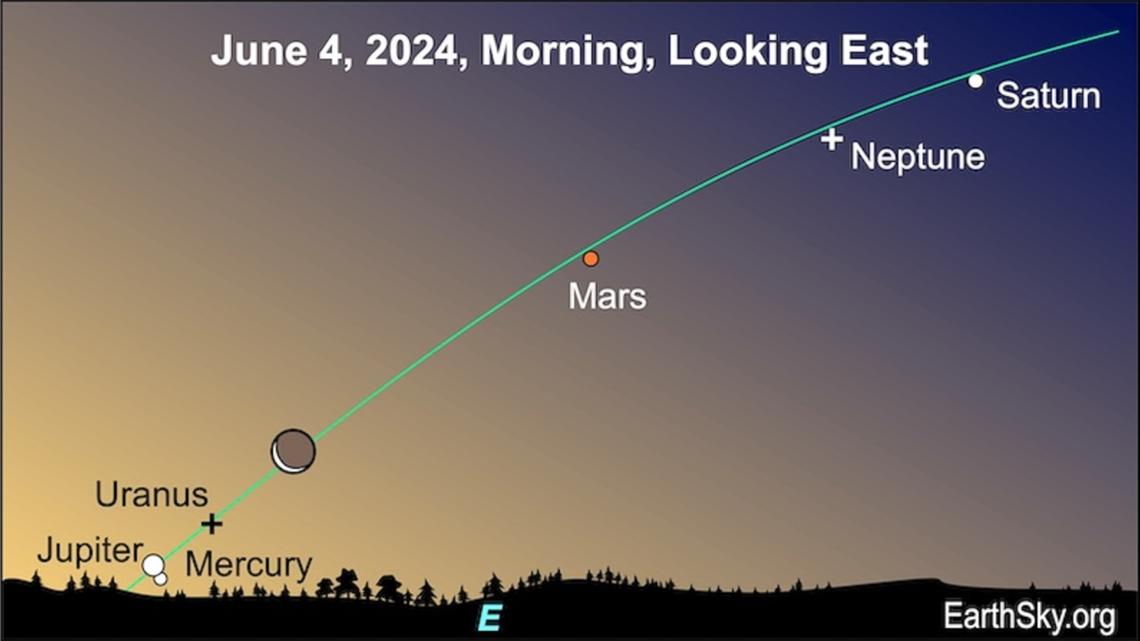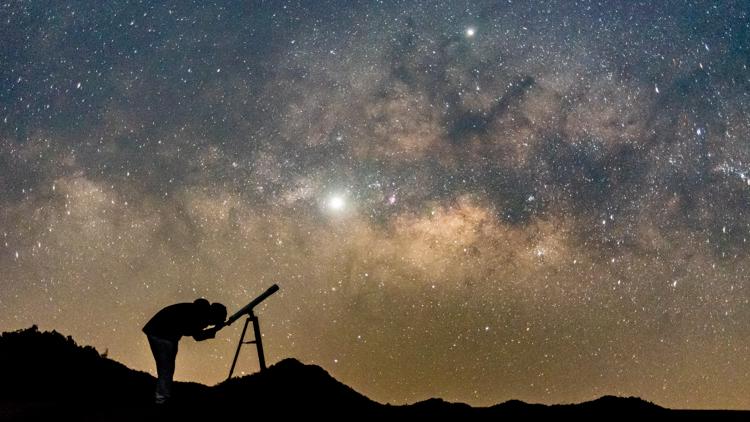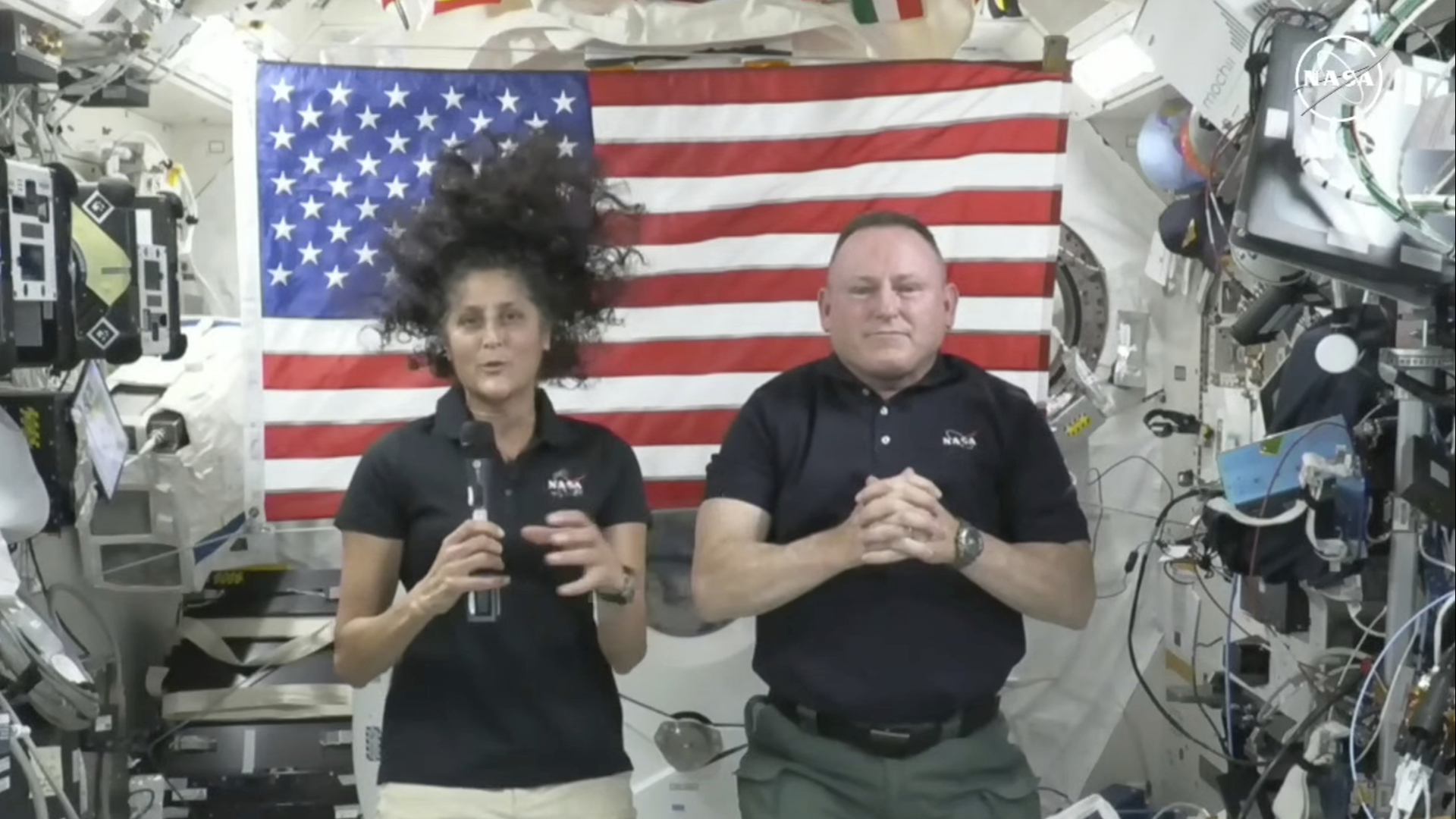LOUISVILLE, Ky. — From the total solar eclipse in April to the Northern Lights just a few weeks ago, there’s been plenty of reasons for skywatchers in Kentucky and Indiana to look up into the sky this year.
Now, this week, there’s a chance you’ll get to see six planets in our solar system align across the sky.
The planetary alignment was visible Monday morning, but if you missed waking up in time, don’t worry there’s still another chance early Tuesday morning.
Just before dawn on June 4, six planets – Jupiter, Mercury, Uranus, Mars, Neptune and Saturn – will line up in the night sky.
However, you won’t be able to see them all with the naked eye.
How to view June’s planetary alignment in Kentucky, Indiana:
Early in the morning on Tuesday, just before dawn, look to the eastern horizon and you should be able to see the planets aligned. You’ll need a pair of binoculars or a telescope to see all six planets though.
According to EarthSky, you'll want to be outside about 45 minutes before sunrise Tuesday morning.
If you live in Louisville, you’ll also want to escape the city and head to somewhere with little light pollution. The weather should be in your favor depending on where you choose to view this celestial event.
Cloud coverage will begin to increase after midnight, so expect partly cloudy conditions early Tuesday morning.


How to spot the six planets:
The moon will be low on the horizon. Mercury and Jupiter will appear close together, and can be located below the moon and just above the horizon. The two planets may be difficult to spot due to the bright morning twilight, however.
Binoculars could help spot them about 30 minutes before sunrise, EarthSky said. Mars and Saturn can be seen higher in the sky at this time, as well.
If you’re looking to spot Uranus, the planet will be located between Jupiter, Mercury and the moon. Neptune will be visible just below Saturn. To see both of these planets, however, you’ll need a telescope and a dark sky with little to no light pollution as both are far away and appear very dim.
Science Alert reports an even larger planetary alignment will be visible next year on Feb. 28. Seven planets will align in the night sky for that celestial event.
Make it easy to keep up-to-date with more stories like this. Download the WHAS11 News app now. For Apple or Android users.
Have a news tip? Email assign@whas11.com, visit our Facebook page or Twitter feed.



